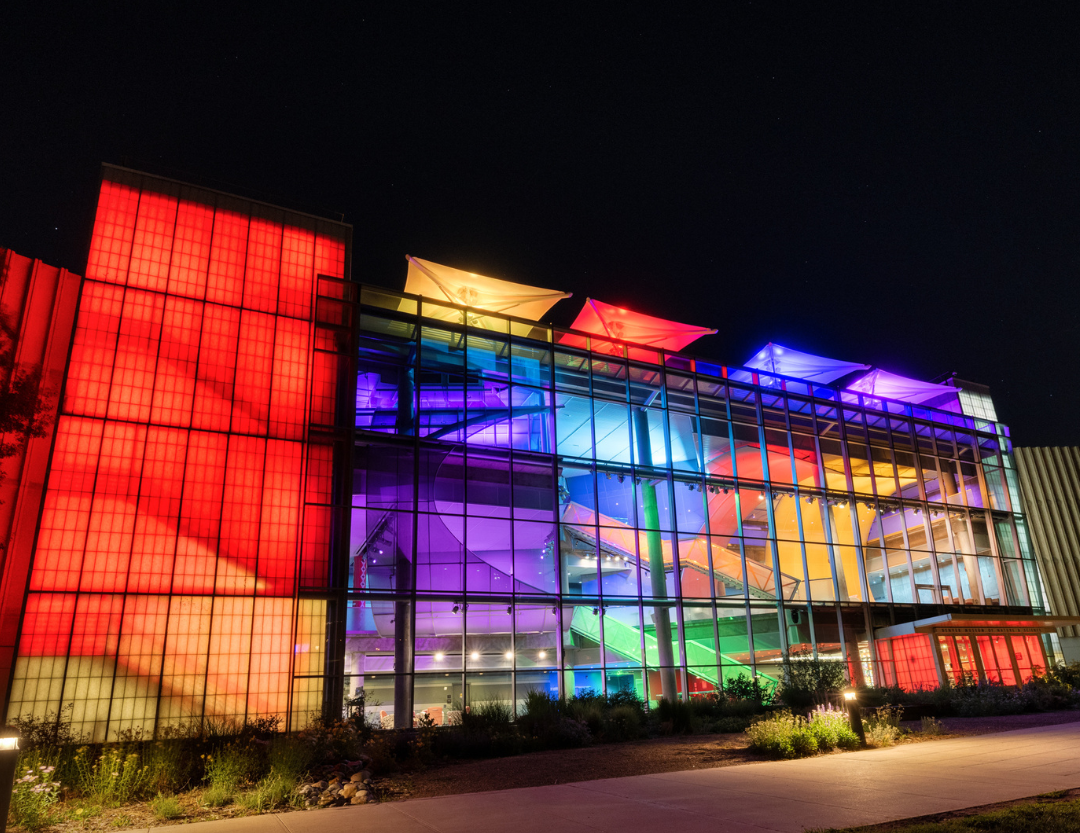BROOKINGS, SD — The LED displays used by GoVision and Upstage Video to transform Barack Obama from a visual speck to a newly-elected president for the crowds on Jan. 20, 2009 (to see story, click here ) were manufactured by a company that was incorporated on Dec. 9, 1968, when Richard Nixon was president-elect.
The company, Daktronics, was the brainchild of two professors in electrical engineering at South Dakota State University, Dr. Al Kurtenbach and Dr. Duane Sander, who founded it as a start-up in the field of medical instrumentation. Today, Daktronics is a leading provider of AV communication and entertainment systems.
Daktronics did its first install in 1970 when the company placed its first electronic voting system in Utah. The company continued to roll out new products and grew by introducing its Matside wrestling scoreboard in 1971, a time and temperature display in 1972 and the company’s first electronic message center in 1972.
“The legislative voting system product line was good for us at that time because it was a very small market and required quite a lot of engineering input for each system,” recalled Kurtenbach. “As far as scoreboards, we started with the wrestling scoreboard that satisfied a need that other scoreboard manufactures had declined to address. There was a need there and it was in a small market that gave us experience so once we were comfortable marketing and selling those products, we felt we could expand and develop a more complete line of displays.”
In 1976, Daktronics’ wrestling scoreboards were used in Olympic competition. Since then, the company’s more complete line of displays has been on hand for Winter Olympics in Calgary, Alberta (1988), Lillehammer, Norway (1994) and Salt Lake City, Utah (2002). Daktronics has also been the major scoreboard supplier for Summer Olympic Games in Barcelona, Spain (1992), Atlanta, Ga. (1996), Sydney, Australia (2000), and Athens, Greece (2004). Daktronics also installed a display in the Wukesong Indoor Stadium which hosted men’s and women’s basketball during the 2008 Summer Olympics.
Not long after its introduction into the Olympic Games, Daktronics landed a contract with the PGA (Professional Golf Association) Tour in the 1980s that would prove to be a challenge. “The systems had to be portable with very little power demand because we operated them off of a golf cart battery,” Kurtenbach recalled. “They also had to be high enough so they were visible to the crowd, but we couldn’t have any stakes in the ground because of the complex irrigation systems on the course. We also had to develop a radio link between the system and a results system to run it.”
Daktronics used some new technology it had acquired rights to several years earlier and displays were well-received on the PGA Tour. “It was a very significant project for us,” Kurtenbach said. Since then, the company has gone on to create the world’s largest video display for sports in 2004, and later topped its own record in 2006 with the installation of two HD screens and the world’s largest fascia boards at Dolphins Stadium in Miami.
Most recently, Daktronics set a new milestone by installing the world’s largest HD display at Kauffman Stadium, home of the Kansas City Royals in the spring of 2008. There are now numerous projects in the works for facilities like the new TCF Bank Stadium in Minneapolis, Minn., and the New Meadowlands in East Rutherford, N.J.
In 40 years, Daktronics has grown from a garage-based business to one with 60 offices on five continents, engineering, manufacturing and marketing video products, sports products, mobile and modular products, commercial products, transportation products and sound systems and more, with more than $100 million in annual sales.
Attributing the company’s success to simply “attending to the details, getting things right on a day-to-day basis,” Kurtenbach added that “by constantly improving and adding features to our products, we have been able to cause the markets to have a greater demand for products with much more display capability. I think that’s epitomized now more than every by these large sports systems we produce as well as the large advertising billboards we do.”
For more information, please visit www.daktronics.com.


